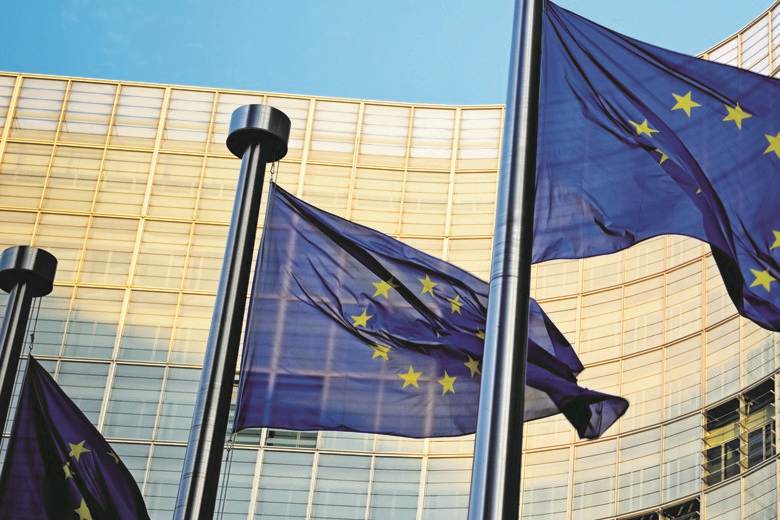High-level meeting debates EU footwear classification

The details of a meeting to discuss Ecolabelling for footwear in the EU have been made public.
Representatives from Geox, Inditex and Hugo Boss joined industry bodies including COTANCE, Centro Tecnológico do Calçado Portugal, SATRA Technology and INESCOP at the seminar in Brussels.
Points raised at the meeting included:
• The problem of possible pesticide content in leather. Best Available Technologies (BAT) thinking for tanning hides and skins suggested hides and skins should only be sourced from Europe and countries with similar regulatory regimes for pesticides; or to use supply chain contracts specifying that only hides or skins free from these materials shall be supplied.
However, stakeholders pointed out that pesticides are applied on individual animals therefore tracing back by footwear manufacturers would be complicated and impractical. Other stakeholders stated that pesticide content in leather is doubtful, and unnecessary testing should be avoided. One stakeholder said the restriction on pesticides content does not refer to finished leather and skin-contact risk, but rather to control the possible pesticides leaching into the tannery wastewater. Testing on finished leather was perceived as inappropriate.
• The approach to improve material traceability was supported by stakeholders but also considered costly, which might lead to a rise in raw material prices and thus convert EU Eco-labelled products into luxury goods. The leather industry was considered too complex for full traceability to be achievable.
• In general, stakeholders supported harmonisation with the Commission Implementing Decision of February 2013 establishing BATs on industrial emissions for the tanning of hides and skins. It was nevertheless pointed out that the document refers only to tanneries where production exceeds 12 tonnes of finished product per day. For small and medium enterprises, the requirements were perceived as challenging.
• One member proposed that chrome-tanned leather in children’s products should be restricted, to promote chromium-free tanning technology. However, it was pointed out that chromium-free tanning represents a relatively low market share, and that resulting leather has different technical specifications. BATs suggests the process is run efficiently with minimised environmental impact.
Stakeholder feedback from the meeting will be used to develop the proposals to be presented to the EU Ecolabel board. The study is carried out by the Joint Research Centre's Institute for Prospective Technological Studies (JRC-IPTS) and being developed for the European Commission's Directorate General for the Environment.
Interested parties are encouraged to visit the Ecolabel website to fill in the questionnaire. Entries will make up part of a wider stakeholder consultation process.








